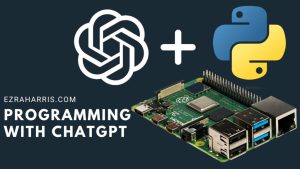Tag: Tech
-

ChatGPT for Learning Programming?
I am honestly amazed by some of the technology. Using the power of this AI and my knowledge of basic programming, I could build a script that did all of the tasks I had before listed and display them to my display. And this was the result, a working screen display for my desk:
-
Upgrades for my Ender-3
I finally got around to fixing and upgrading my Ender-3. I’ve had my Ender3 for almost 2 years now and have occasionally been upgrading when needed. Last year I made my best upgrade to the “silent board” TMC2208 stepper drivers. Which significantly silenced the noise of the printer when printing. As well as a BL…
-
Upgrading My 3D Printer Motherboard
Recently I bought a new 3D printer motherboard; this motherboard is used to compute and control the motors, heaters, and fans for the average 3D printer. I purchased this motherboard to learn how to program a printer from scratch. A significant upgrade from this motherboard is swappable TMC drivers. TMC drivers are basically what provide…
-
The Benefits of Plastic
Plastics (or synthetic polymers) were first introduced back in the 19th century when they were trying to find an alternative to Ivory; ivory is also used in billiard balls (or pool balls in the US) Ivory was more commonly made using Elephant tusks, and was used in the making of small sculpted works of art,…